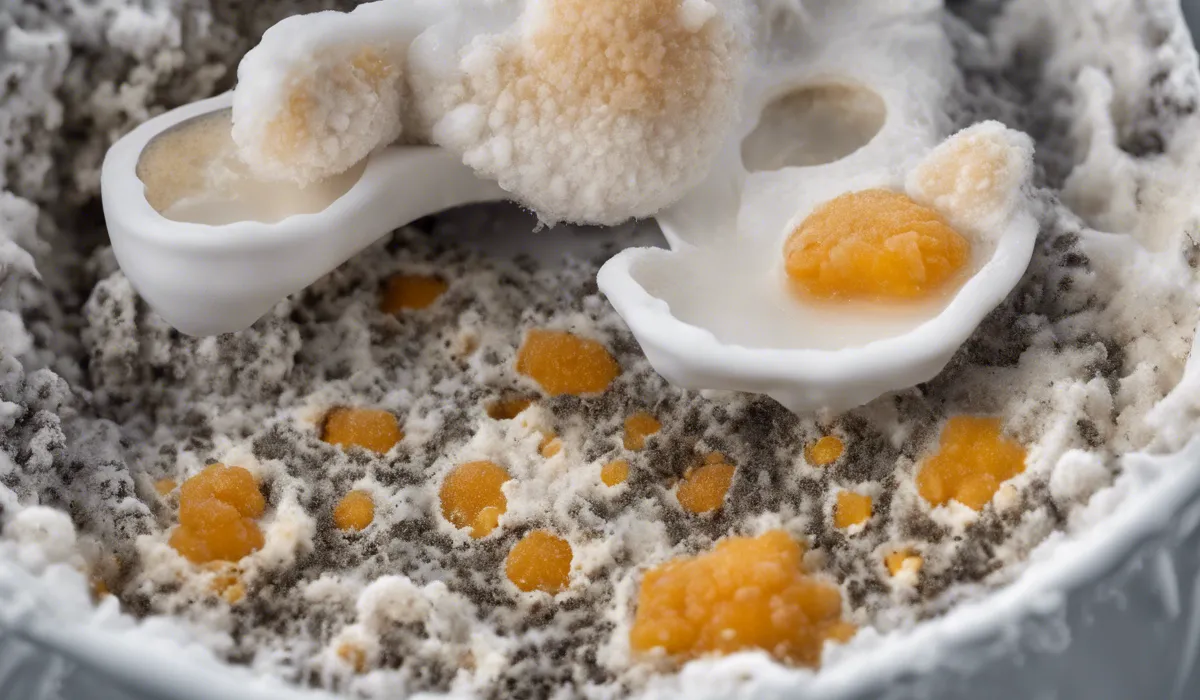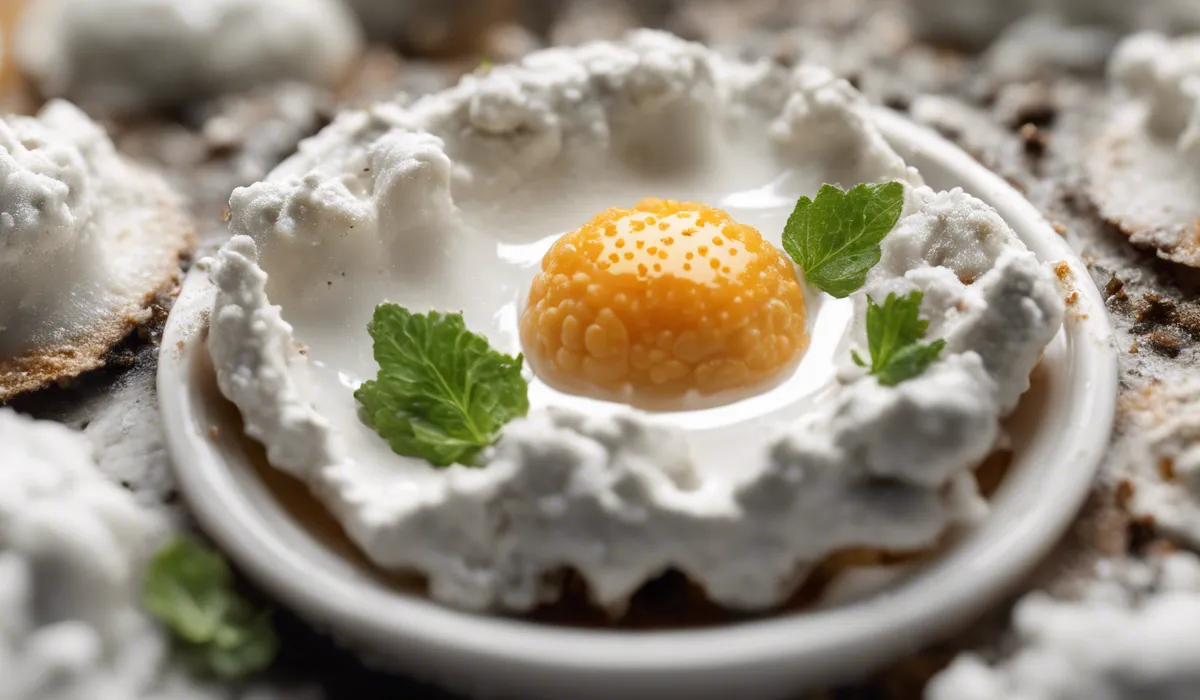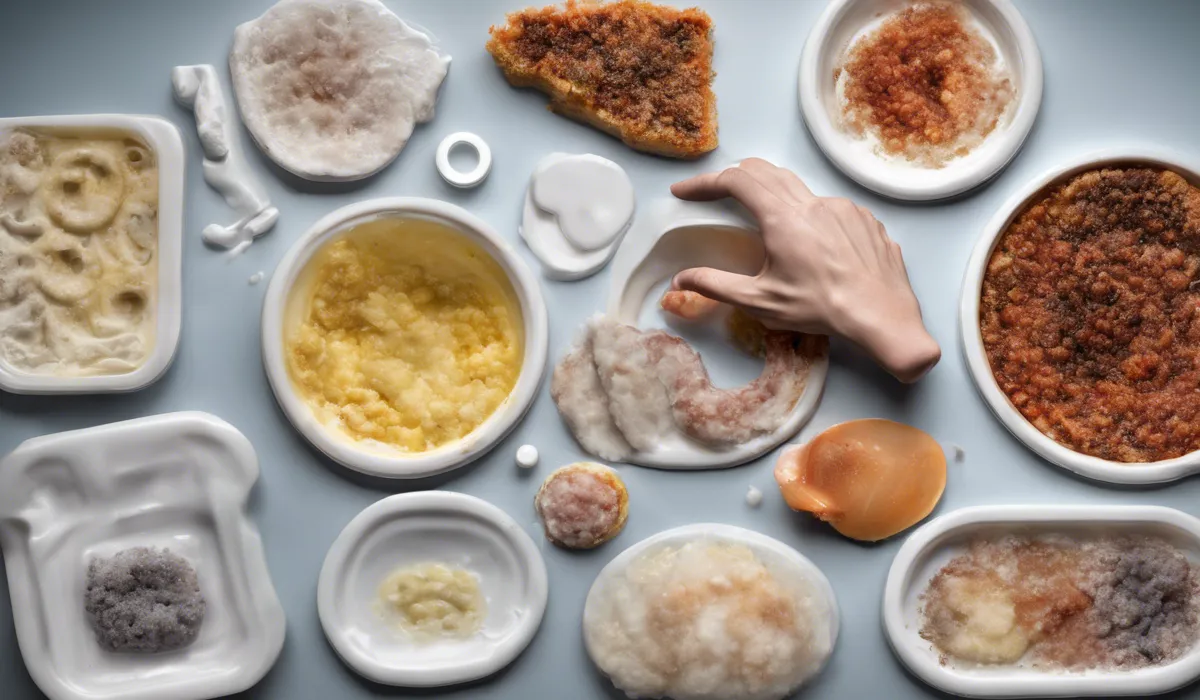If you accidentally eat mold, don’t panic. Most people tolerate it without serious issues. Drink water to help your stomach process it. If you experience nausea, vomiting, or diarrhea, consult a doctor. Monitor for allergic reactions or worsening symptoms.
Assess the Situation

Identify the Type of Mold Ingested
When you realize you’ve eaten mold, the first step is to figure out what kind of mold it was. Mold can vary in color and texture.
Some molds are easy to spot because they have bright colors like green, blue, or black and might be fuzzy.
If you see mold on bread, fruit, or leftovers, it’s usually not the good kind. Not all molds are dangerous, but knowing what you ate can help you understand how to react.
Consider the Amount of Mold Consumed
How much mold you eat matters. A tiny speck of mold might not cause any issues, but eating a lot could make you feel sick. Think about how much mold was on the food.
Was it just a spot you accidentally nibbled, or was the food covered in it? The less you’ve eaten, the less likely you’ll have a serious reaction.
Recognize if It Was a Food Where Mold Could Be Expected
Some foods, like certain cheeses, are supposed to have mold. These molds are safe to eat because they’re part of how the food is made.
But, if you find mold on food that’s not supposed to have it, like a slice of bread or a piece of fruit, that’s different.
Knowing if the mold is supposed to be there can help you decide what to do next.
Determine if the Mold Is Likely to Be Harmful
Molds come in two main types—those that might make toxins, called toxigenic, and those that usually don’t. Toxigenic molds can make you sick if you eat a lot of them.
Most molds on food are not toxigenic, but it’s still important to be careful. If you’re not sure about the mold you ate, it’s okay to ask a doctor for help.
Immediate Steps to Take

Don’t Panic
If you eat mold, remember that it is not the end of the world. Most molds are not harmful, especially in small amounts.
It is very rare for a little bit of mold to cause big problems. Take a deep breath and stay calm. Panicking won’t help, but knowing what to do will.
Drink Water to Help Flush Out Your System
Drinking water is a good idea after eating mold. Water can help move the mold through your stomach and out of your body.
It helps your digestion and keeps you hydrated. Try to drink a glass of water or two to help your body clean itself out.
Monitor for Any Immediate Allergic Reactions or Symptoms
After eating mold, watch for signs of an allergic reaction. These can include itching, hives, or trouble breathing.
If you feel strange or start to have symptoms that worry you, tell an adult or call a doctor right away. It’s better to be safe and check if you’re okay.
When to Induce Vomiting or Not?
It might seem like a good idea to make yourself throw up if you eat mold, but this isn’t always the best choice.
Throwing up can sometimes do more harm than good. If you think you need to vomit, it’s best to talk to a doctor or a poison control center first. They can tell you if it’s the right thing to do.
When to Seek Medical Attention?

Symptoms to Watch For
If you start to feel sick after eating mold, like getting a tummy ache, throwing up, or having diarrhea, it’s time to get help.
These can be signs that your body is trying to get rid of something it doesn’t like. If these symptoms don’t go away or get worse, call a doctor to make sure everything is okay.
Identifying Signs of a Severe Allergic Reaction
A severe allergic reaction, or anaphylaxis, is very serious. This can happen if your body reacts strongly to the mold.
Signs of anaphylaxis include having a hard time breathing, feeling dizzy, or swelling in your face, lips, or tongue. If this happens, it’s an emergency. Get medical help right away.
Long-Term Symptoms That May Require a Doctor’s Visit
Sometimes, after eating mold, you might not feel better even after a few days. You might keep feeling sick to your stomach or keep throwing up.
If this happens, or if you just feel really tired and not like yourself, you should see a doctor. They can check to make sure the mold didn’t cause a bigger problem.
Pre-Existing Conditions That Could Exacerbate the Situation
If you already have health problems, like a weak immune system or allergies, eating mold can be more serious for you.
Your body might have a harder time dealing with the mold. If you have a condition like this, or if you’re not sure, it’s best to talk to your doctor if you eat mold. They can help you understand what to do.
Recommendations for Contacting Poison Control or a Healthcare Provider
If you’re worried about the mold you ate, or if you start having bad symptoms, reaching out for help is a smart move.
You can call Poison Control at 1-800-222-1222 in the United States for advice. They can tell you if you need to see a doctor. Remember, it’s always okay to ask for help if you’re not sure what to do.
Final Thoughts
Accidental ingestion of mold typically isn’t cause for alarm. Most individuals handle it without significant complications. It’s advisable to drink water to assist in digestion.
Should symptoms like nausea, vomiting, or diarrhea occur, seeking medical advice is recommended. Stay vigilant for any allergic reactions or symptoms that may escalate.
Useful Resources
- http://www.fsis.usda.gov/food-safety/safe-food-handling-and-preparation/food-safety-basics/molds-food-are-they-dangerous
- https://ento.psu.edu/outreach/extension/ipm/english/community/school-ipm/student/pesky-pest-questions-answers/questions-and-answers-about-flies-and-ants
- http://npic.orst.edu/factsheets/naphgen.html
